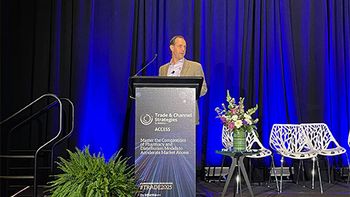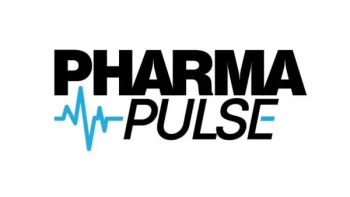
Almac Group Joins Science Based Targets Initiative
Union adds to company’s goal of reaching net-zero emissions by 2045.
Almac Group, a contract development and manufacturing organization (CDMO), announced it has officially joined the Science Based Targets Initiative (SBTi), which advocates for the best practices in science-based target settings. The company credits this move as the latest step taken with the objective of reaching net zero emissions by 2045.
The collaboration, which is headed by CDP, the United Nations Global Compact, the World Resources Institute (WRI), and the Worldwide Fund for Nature (WWF), is one of multiple steps Almac Group has taken to reach net zero. Other efforts include the expansion of accreditations with the International Standard Organization (ISO), accepted as the gold standard in health, safety, and environmental activity.
“Developing science-based targets for the reduction of greenhouse gas emissions is a crucial next step and demonstrates the commitment to our environmental responsibilities at Almac,” said Niall Harkin, executive director, Almac Group. “At Almac, we see transparency and alignment to internationally recognized standards as essential in demonstrating our commitment to making a measurable and positive impact on our planet.Signing up to SBTi, coupled with our latest ISO certifications represent an essential part of Almac’s plan to reach net-zero by 2045 and we are proud to mark these milestones in our progress.”
Newsletter
Stay ahead in the life sciences industry with Pharmaceutical Commerce, the latest news, trends, and strategies in drug distribution, commercialization, and market access.





